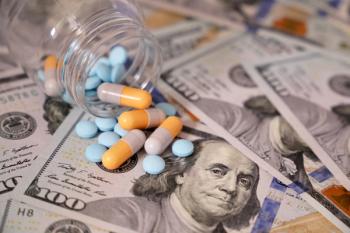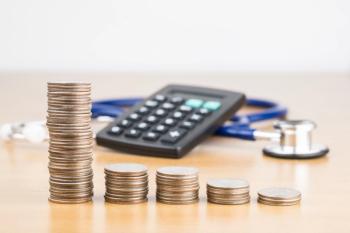
5 Things About the Unusually Harsh Flu Season
The current flu season is already bad, but it hasn’t peaked yet. Here are 5 things about the current flu season and why it has been so harsh.
The current flu season is already bad, but it hasn’t peaked yet. The CDC recently released a report on the statistics of the current flu season, which officials were warning at the beginning of December 2017 could be particularly harsh.
Here are 5 things about the current flu season.
1. Officials knew it would be severe
One reason health officials expected this to be a tough flu season was the early start, which can mean a longer flu season during which more people get sick. Also, health officials used Australia, which has its winter during the United States’ summer, as an indicator of what to expect. Australia suffered a
They knew going into this current season that we would be faced with the H3N2 strain, which tends to make people sicker compared with other strains.
2. H3N2 strain
There are a number of different flu strains, but the H3N2 virus is more difficult than the others.
In addition to H3N2 hitting seniors harder, the vaccine against H3N2 is only about 33% effective. The reason for the suboptimal effectiveness of the vaccine is that the virus doesn’t grow well in eggs, which is the main way the flu vaccine is produced.
Finally, the H3N2 virus mutates at a faster rate than the H1N1 virus, which probably also impacts how well the vaccine works.
3. Hospitalizations and deaths
Overall, the hospitalization rate has been 41.9 per 100,000, and hospitalizations can help predict deaths.
Overall, 9.1% of deaths during the first week of January were due to pneumonia and influenza, which is above the 7.2% epidemic threshold.
The
4. Hospital shortages
Compounding the challenges of the flu season is the fact that hospitals are
5. The importance of herd immunity
As always, there is a low rate of people getting immunized against the flu. While two-thirds of older Americans get the vaccine, less than 50% of children are vaccinated and only one-third of adults between the ages of 18 and 49 get the vaccine. Even healthy individuals need to get vaccinated in order to create herd immunity, as explained in The New York Times’ blog
Newsletter
Stay ahead of policy, cost, and value—subscribe to AJMC for expert insights at the intersection of clinical care and health economics.














































